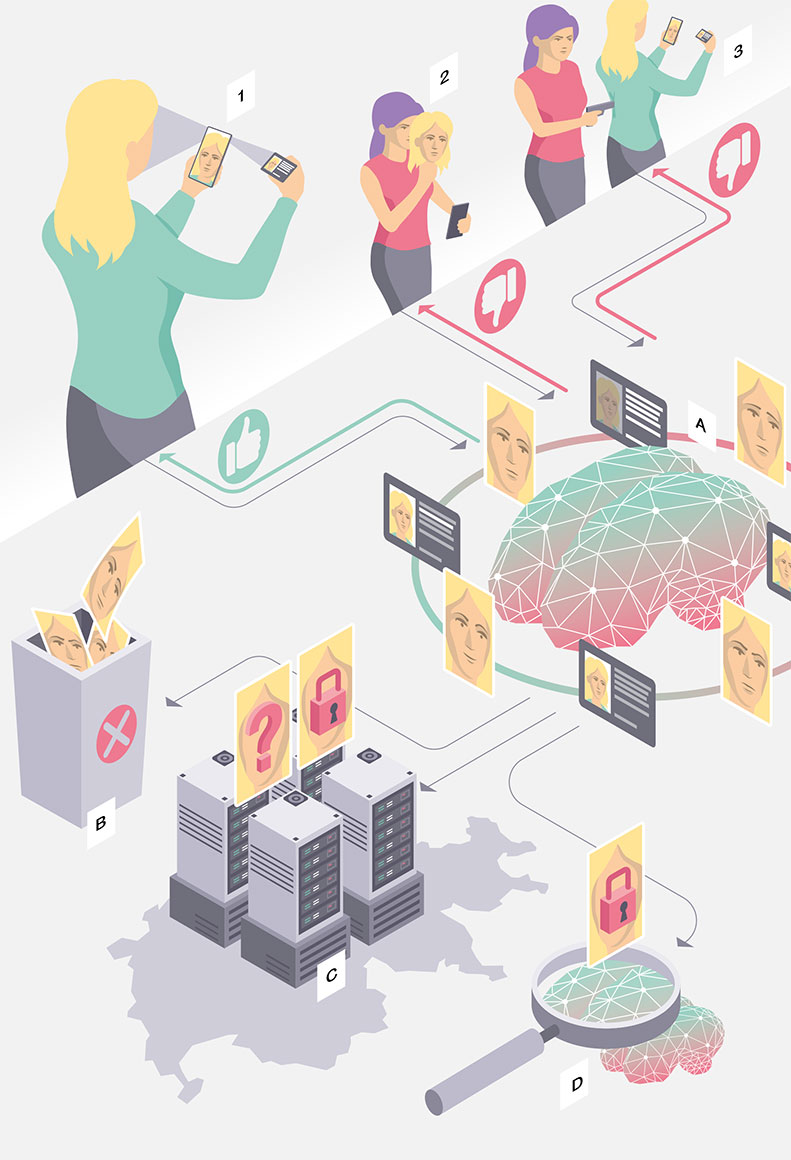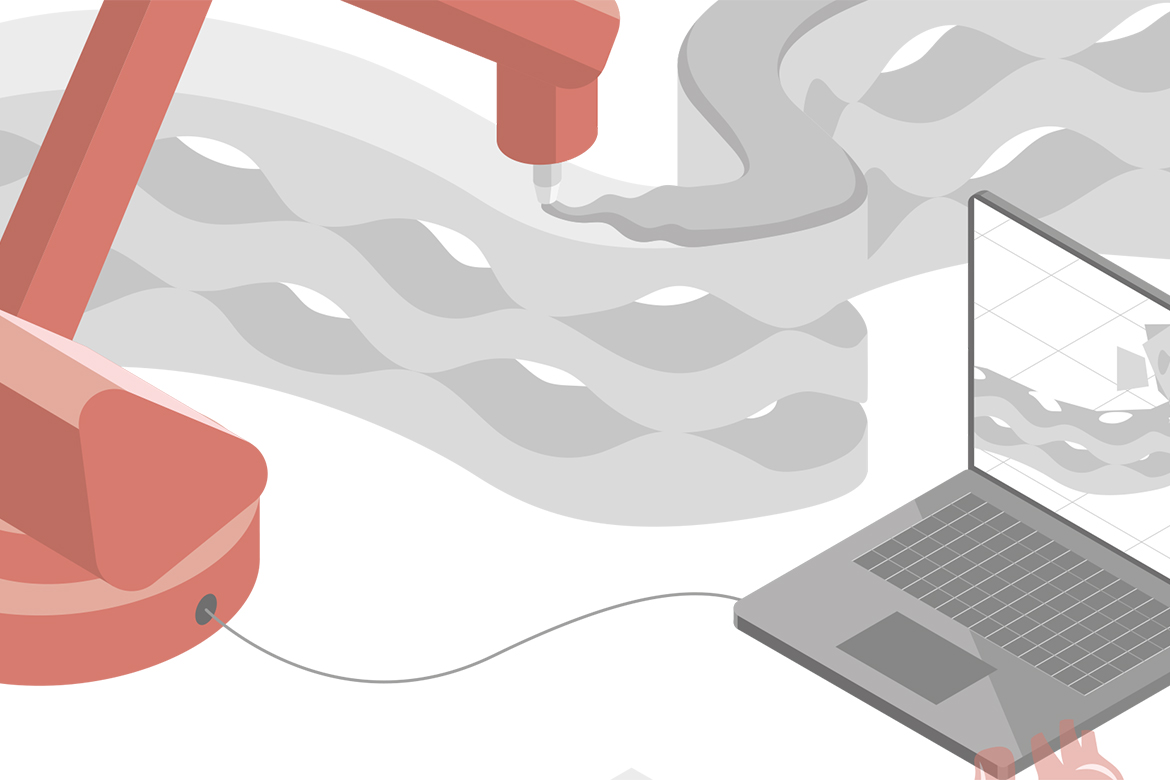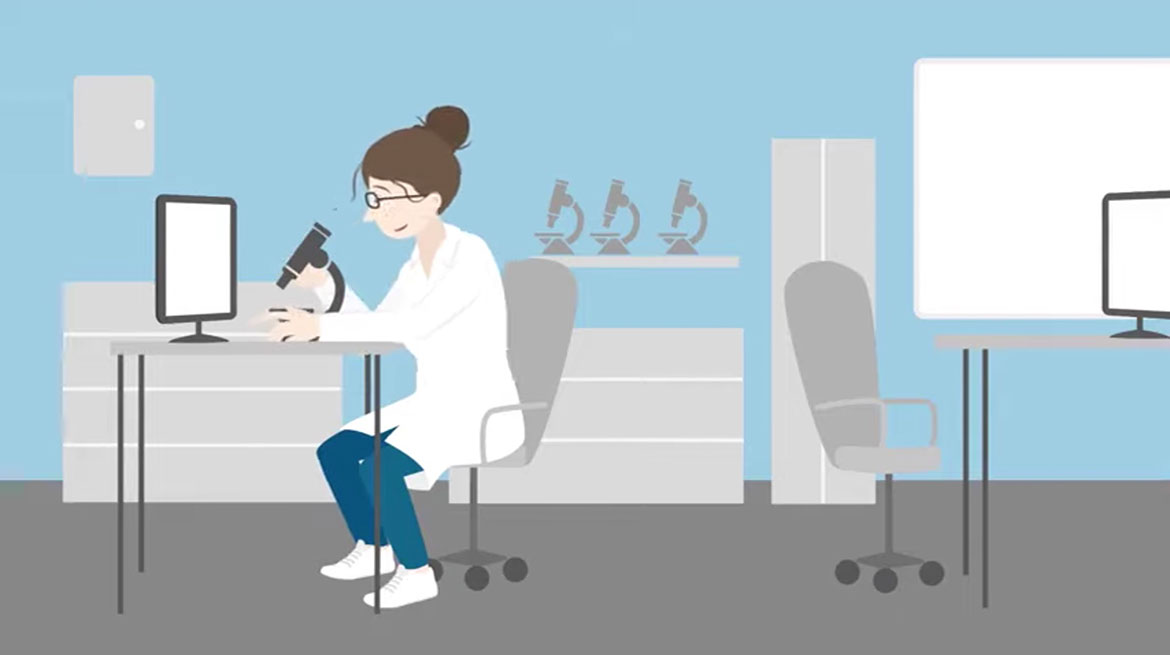

Anna’s ID and her selfie video are compared in her smartphone and on either PXL Vision’s server or that of her mobile provider. They use deep learning algorithms that can check faces, extract texts, and recognise when selfie videos are of real, living people.
Sometimes the data is deleted immediately after the comparison has been made.
However, some clients of PXL Vision are compelled by law to store this data – such as mobile phone providers and banks. The company also needs authentic images and videos to improve its algorithms. So Anna’s ID and her video land in a Swiss data centre, encrypted and anonymised, where they are stored in separate databases.
In order to enhance security even further, PXL Vision is researching into how algorithms might in future be trained using encrypted image files.
Anna wants to buy a new railcard. But the lockdown means she can’t buy one in person. The ETH spin-off PXL Vision has developed an app that lets Anna scan her ID with her mobile phone. She also has to make a selfie video. Then her data is checked by algorithms.
Is everything now OK? No, because her name is really Lisa. She’s stolen Anna’s ID and used a photo of Anna to mask her face in the selfie-video. But the algorithms have recognised it as fake.
Lisa could theoretically force Anna to make the selfie video at the point of a gun. So the researchers at PXL Vision are tweaking their algorithms to recognise facial emotions such as fear in the videos submitted.
Illustration: ikonaut






